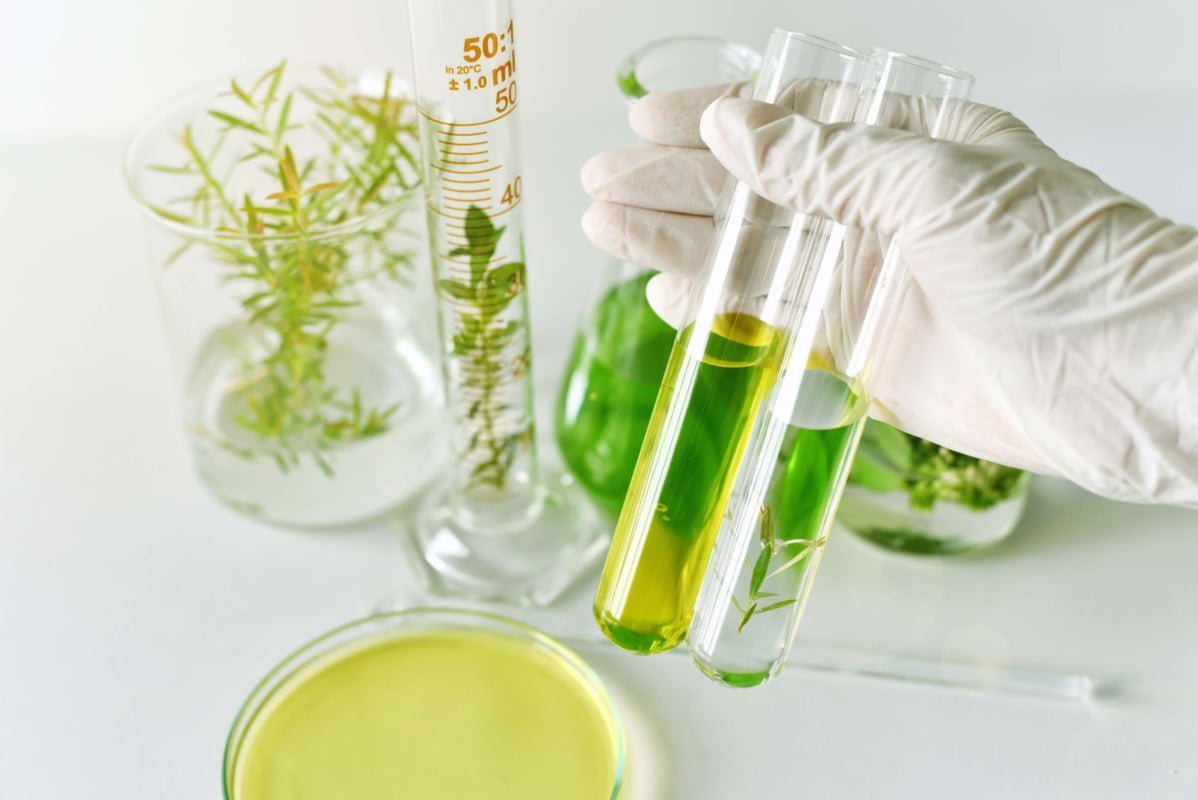Moisturizers and lotions: These products typically have a neutral to slightly acidic pH and may contain a variety of ingredients such as oils, emulsifiers, and humectants.
Sunscreens: These products typically have a pH of around 7 and contain a combination of chemical and physical sunscreens, as well as emulsifiers, thickeners, and other ingredients.
Shampoos and conditioners: These products typically have a pH between 5 and 7 and contain a variety of ingredients such as surfactants, conditioning agents, and fragrances.
Makeup products: Phenoxyethanol is often used to preserve makeup products such as foundations, lipsticks, and eyeliners. These products often have a pH between 4 and 7 and may contain a variety of other ingredients such as pigments, waxes, and oils.
In water-based formulations such as toners, lotions, and serums, phenoxyethanol is typically used as a primary preservative along with other preservatives to ensure broad-spectrum protection against microorganisms. In oil-based formulations such as creams, ointments, and balms, phenoxyethanol can be used as a co-preservative to enhance the efficacy of other preservatives. It can be used in combination with oil-soluble preservatives such as benzyl alcohol or dehydroacetic acid to provide broad-spectrum protection against microbial growth.
According to the International Journal of Cosmetic Science, phenoxyethanol is effective in concentrations as low as 0.5% in water-based formulations and is stable at a pH range between 4 and 8. It is considered safe for use in cosmetics at concentrations up to 1% by the Cosmetic Ingredient Review Expert Panel (CIR) and is approved for use in cosmetic products in the US, EU, and Japan. According to a study published in the Journal of Cosmetic Dermatology, phenoxyethanol at concentrations of 1% or lower was effective in controlling
(1) Safety review of phenoxyethanol when used as a preservative in …. https://pubmed.ncbi.nlm.nih.gov/31588615/
(2) Safety review of phenoxyethanol when used as a preservative in …. https://onlinelibrary.wiley.com/doi/full/10.1111/jdv.15944
(3) Phenoxyethanol: Uses, Interactions, Mechanism of Action – DrugBank Online. https://go.drugbank.com/drugs/DB11304
(4) Phenoxyethanol: Is It Good For Your Health? – WebMD. https://www.webmd.com/beauty/what-to-know-about-phenoxyethanol
(5) 9 Final Report on the Safety Assessment of Phenoxyethanol – SAGE Journals.

